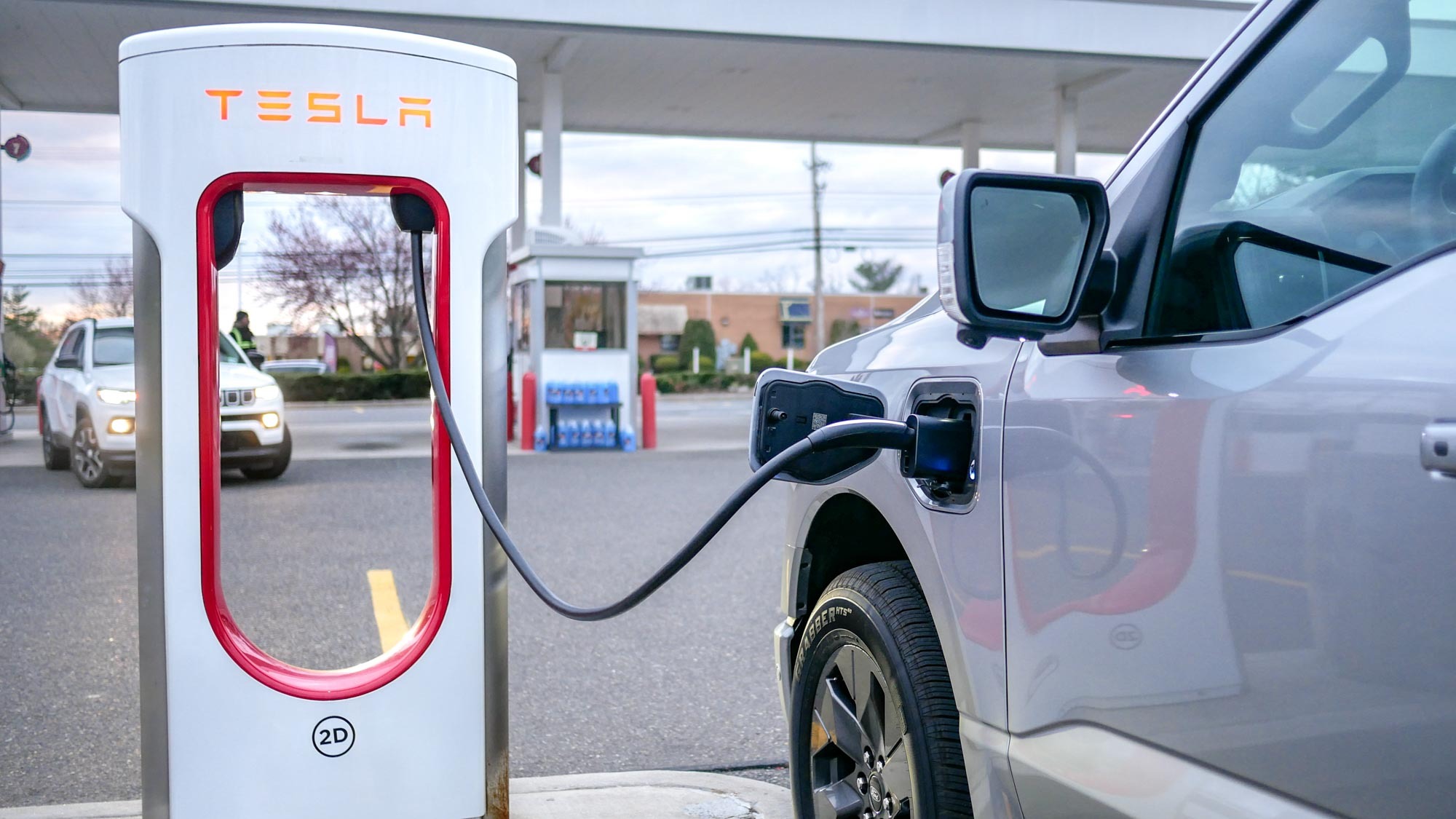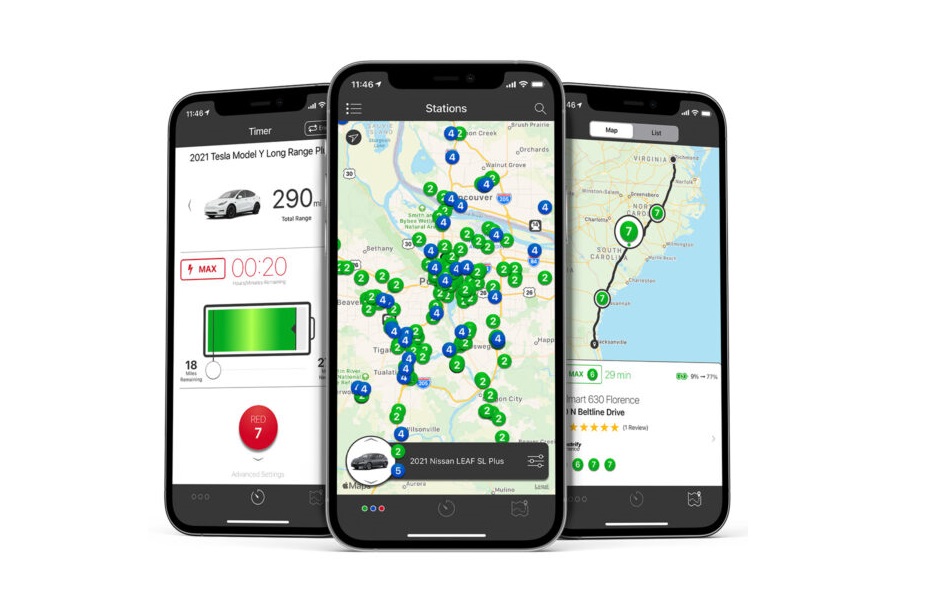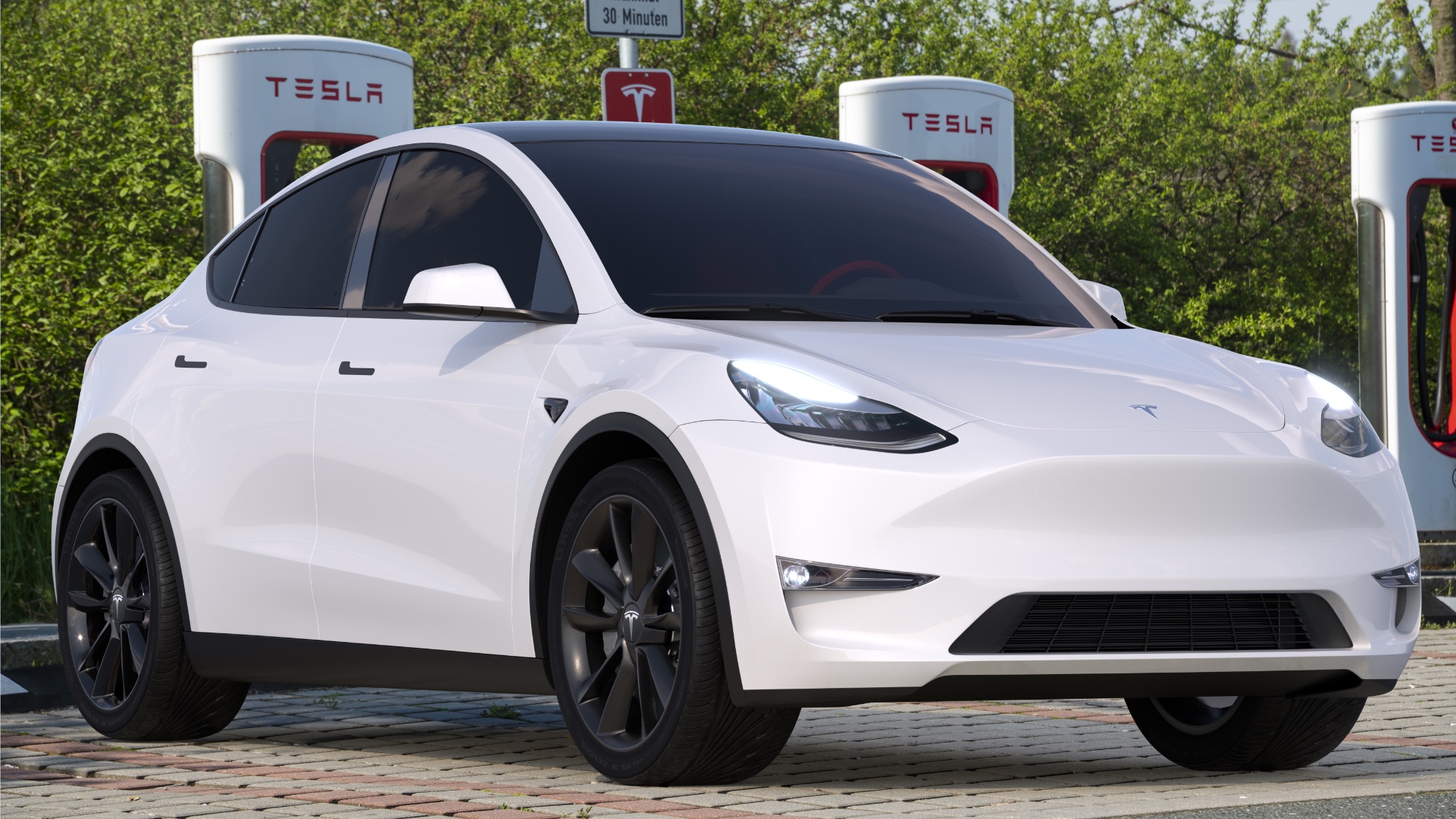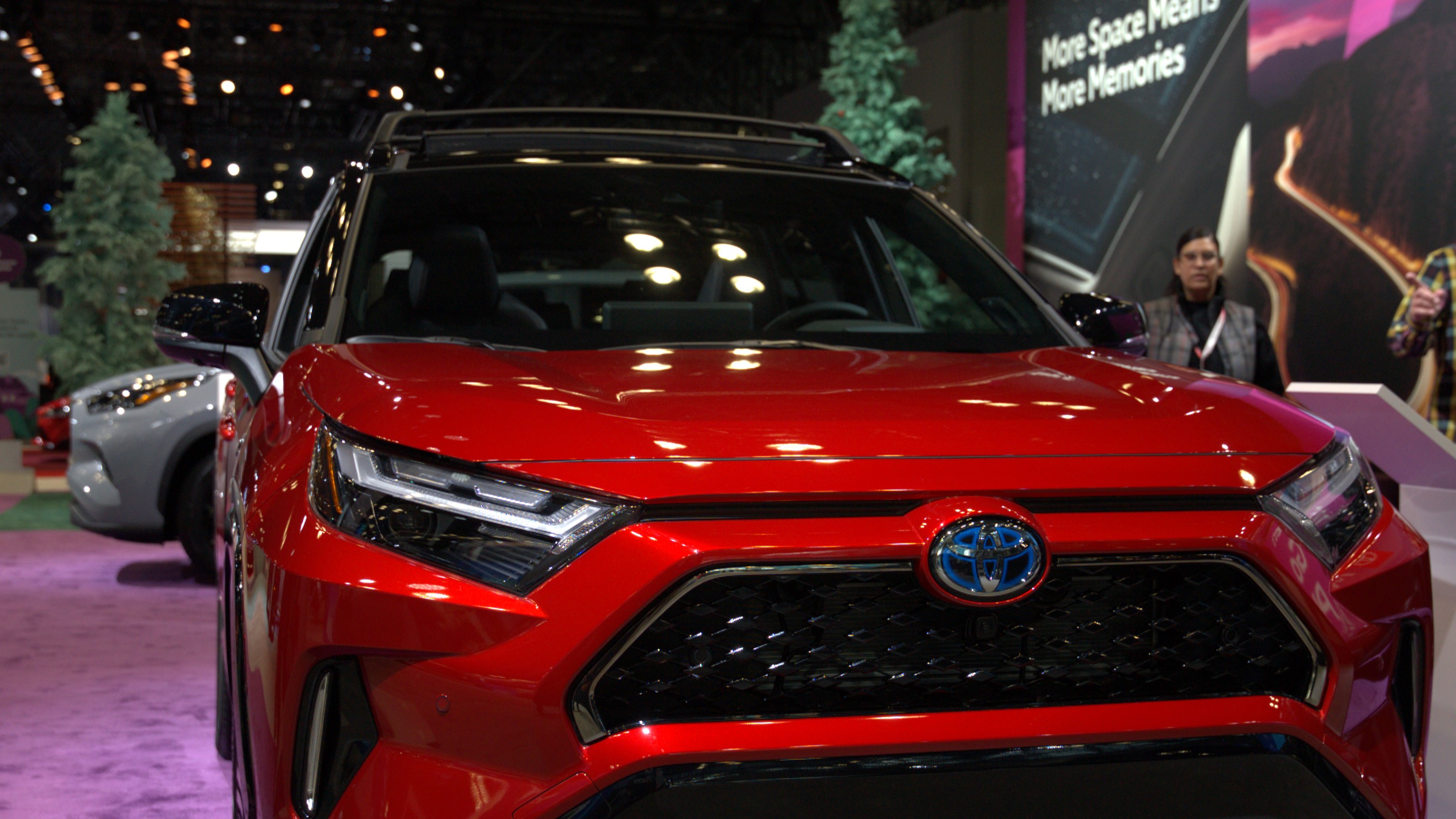Thinking of buying an EV? Here’s the one question you need to answer first
You don't want to be shell shocked the first time you do this

The best electric cars excites me, mostly for the potential of never having to pay for gas. Like really, who wouldn’t like that? But in testing driving my first fully electric vehicle, the Ford F150 Lightning, I came to the realization that one single question must be answered before any other if your intentions are to buy an EV soon.
It’s this: do you intend on driving long distances frequently? After attempting to charge the Ford F150 Lightning at various locations, with one of them at a Tesla Supercharger station, I quickly noticed that using one for long range travel could be problematic for the uninitiated. In fact, they might experience shell shock after looking at the cost of charging outside of their home on their first trip.
I say could because there are many factors that impact the cost of charging an electric vehicle, which I’ll dial into more below. More importantly, however, answering this question could better draw you into considering another type of vehicle.
Planning is paramount with long distance travel

In the tri-state area where I live in the Northeastern U.S., it’s not much of a problem trying to find a nearby charging station. The closest one to me is a short 6 miles away, but that’s not the case everywhere. Major cities and the surrounding suburbs don’t have much to worry about when it comes to figuring out how to find accessible EV charging stations.
It only becomes a challenge if you’re traveling longer distances and in parts of the country where these EV charging stations are few and far between. Google Maps on my phone is a great tool for finding nearby stations, but most EVs have their own infotainment system that can navigate you to the closest station — along with the rates they’re charging.
For those going on vacation and driving an EV to their destination, pre-planning becomes more paramount because they need to plan their drives carefully to make sure they can reach a charging station. In more rural parts of the country, like the Midwest, there could be a stretch when two EV charging stations are hundreds of miles from one another.
There are plenty of tools besides Google Maps to track down EV charging stations, like PlugShare or ChargeHub, which include a trip planner feature to give drivers the best route with accessible stations along it.
Sign up to get the BEST of Tom's Guide direct to your inbox.
Get instant access to breaking news, the hottest reviews, great deals and helpful tips.
Longer pit stops along the way

Another reason why EV drivers could find long distance driving challenging is because some of them not only require not only more pitstops than standard gas-powered vehicles, but also longer downtime to wait for their EV to charge. As a result, it’ll take longer to reach their intended destination.
While the charging tech is improving, EVs don’t have the same luxury of going from a near empty tank to completely filled by waiting a few minutes at a gas station like their gas-powered rivals. Instead, charging times vary depending on the EV’s charging tech and battery size. For example, a Tesla Model 3 charging with a Supercharger or Level 3 DC fast charger can take as little as 15 minutes to get to 80% charge at a 250-kW charger. Meanwhile, an extended range Ford F150 Lighting with a 131kWh battery takes about 41 minutes to get up to 80% capacity.
This is definitely an improvement from what the tech was like at the beginning, but this is still added downtime if you’re used to coming and going experience at a gas station. On top of that, the cost to charge at a station can often vary from place to place — so additional planning would be needed to get the most out of charging while on the road for longer drives.
Hybrids don’t have the same constraints as EVs

When I was covering the New York Auto Show 2024, I came upon another type of vehicle that can bridge the divide between conventional gap-powered vehicles and EVs. They’re called PHEVs, or plug-in hybrid electric vehicles, which satisfies my love for electric power vehicles, but without the worries of what I’ve pointed out already with long distance driving.
PHEVs like the Toyota RAV4 Prime that I checked out at NYIAS, along with others on the market, offer the same experience you get from a standard gas-powered vehicle, but with a small sampling of all-electric driving as well. I think it gives buyers who are apprehensive about investing into a fully electric vehicle an incentive to be open to the idea of electric power, mainly because they don’t have the constraints as your typical EVs.
Meaning, they can drive for much longer and farther due to the excellent fuel economy of their hybrid powertrain — while leaving the option to go all-electric for a little bit. Most PHEVs can run on all-electric power between 30 and 40 mites on average. This would be perfect to save on buying gas if they’re using it for short trips to the grocery store every day, but then lean into the gas power for vacations and lengthier trips.
What I’m getting at here is that potential EV buyers need to know if they intend on doing a whole lot of long distance driving. Even if they plan on doing long distance driving once or twice a year, they need to know the challenges that could await them. I know I wouldn’t have a problem at all if I did invest in an EV, but I can see how others would simply want to get to their destination in the least amount of time.
More from Tom's Guide

John’s a senior editor covering phones for Tom’s Guide. He’s no stranger in this area having covered mobile phones and gadgets since 2008 when he started his career. On top of his editor duties, he’s a seasoned videographer being in front and behind the camera producing YouTube videos. Previously, he held editor roles with PhoneArena, Android Authority, Digital Trends, and SPY. Outside of tech, he enjoys producing mini documentaries and fun social clips for small businesses, enjoying the beach life at the Jersey Shore, and recently becoming a first time homeowner.
-
ScootzB I think the first question to ask is whether you can charge at home. For those who don't drive long distances daily, even Level 1 charging may be enough. You just need to replace the miles you drove that day by charging overnight. For most, however, Level 2 charging, even if not at the highest amperage level, is necessary.Reply
I use a 16 amp 240 volt Level 2 charger with my Bolt EUV. I have no problem replacing my miles driven when I charge overnight. I actually need to do this only about once per week. I went with a 16 amp charger because I had a spare dedicated 20 amp circuit that could easily be routed into my garage. Using the 80% rule, a 16 amp charger was the largest I could use with a 20 amp circuit. -
Gregdn Suggesting people will be shell shocked by the price of of DC Fast chargers is a clickbait headline. they may be surprised that DC fast charging can cost as much as gas. But how can that be "shell shocked"? Even for someone who does A LOT of long distance driving, they will still be be charging at home and seeing the savings. They just won't see much or any savings on the road. For most people thats 90%+ at home. For someone who does a lot of road trips, maybe thats only 70% at home.Reply
No, the question people should be asking themselves before buying an EV is "do I have an offstreet parking spot?". If you do, even an extension cord (of the correct gage) from an outdoor 120V outlet will do the trick for most people. If you don't then you'll be using those DC fast chargers and not saving money. -
adaviel2 The charging situation is going to improve well within the lifetime of a new truck. On the other hand in 30 years a 2024 hybrid will be a polluting albatross that it's hard to find gas for, and with a really short electric range.Reply
Just buy electric already.
